Disclosure: This article contains affiliate links. We may earn a commission from purchases at no extra cost to you, which helps our travel content.
When most people think of Green Bay, Wisconsin, their minds immediately jump to the hallowed grounds of Lambeau Field and the storied Packers franchise. But as someone who's spent years seeking out the authentic pulse of mid-sized American cities, I can tell you there's so much more history packed into this modest Wisconsin hub than just football lore. On a recent summer weekend—strategically scheduled during my off-parenting time—I ditched the rental car and explored Green Bay's historical treasures using local buses and my trusty folding bike. What I discovered was a rich tapestry of Native American heritage, maritime history, and industrial innovation that tells a far more complex story than the city's cheesehead reputation might suggest.
Heritage Hill State Historical Park: A Journey Through Time
After arriving at Austin Straubel International Airport, I assembled my folding bike right in the terminal (earning some curious glances from the Packers fans arriving for a summer training camp), and headed straight to Heritage Hill State Historical Park.
This 56-acre living history museum showcases over 30 historical structures from throughout Wisconsin's past, from fur trading outposts to Belgian farm buildings. What makes this place special isn't just the buildings themselves, but the way they're brought to life by costumed interpreters who demonstrate everything from blacksmithing to traditional cooking methods.
I spent nearly three hours wandering the grounds, with the highlight being Fort Howard, a meticulously reconstructed military outpost that served as a crucial frontier defense in the early 19th century. The fort's hospital building contains fascinating medical instruments that will make you profoundly grateful for modern healthcare.
The park's layout is beautifully designed to take you chronologically through Wisconsin's development, and I found myself completely losing track of time while chatting with the knowledgeable staff about the region's Belgian immigrant communities.

💡 Pro Tips
- Visit on a Thursday or Friday when the historical interpreters are most active
- The Belgian Farm area often has fresh-baked goods made using historical methods
- Bring a light jacket even in summer—many historical buildings can be chilly inside
National Railroad Museum: An Unexpected Transit Gem
As someone who's documented transit systems across three continents, I couldn't pass up Green Bay's National Railroad Museum. What I didn't expect was just how extensive this collection would be. This isn't some small-town train display—it's one of the oldest and largest rail museums in the United States.
The star attraction is the Union Pacific Big Boy, one of the world's largest steam locomotives. Standing next to this mechanical behemoth, I felt like I was eight years old again, marveling at its massive driving wheels and imposing presence. The museum also houses General Eisenhower's personal WWII command train, where you can step inside and imagine the Allied forces being directed from these very compartments.
What I particularly appreciated was how the museum contextualizes railroads within American history, showing how they transformed everything from commerce to social structures. The museum is surprisingly transit-accessible too—Green Bay Metro's Route 6 stops nearby, though I enjoyed the scenic 5-mile bike ride along the Fox River Trail to get there.
After exploring the indoor exhibits, I joined one of the train rides that circle the property (available seasonally). While waiting, I pulled out my compact binoculars to spot some local birds along the river—an unexpected bonus to my historical explorations.
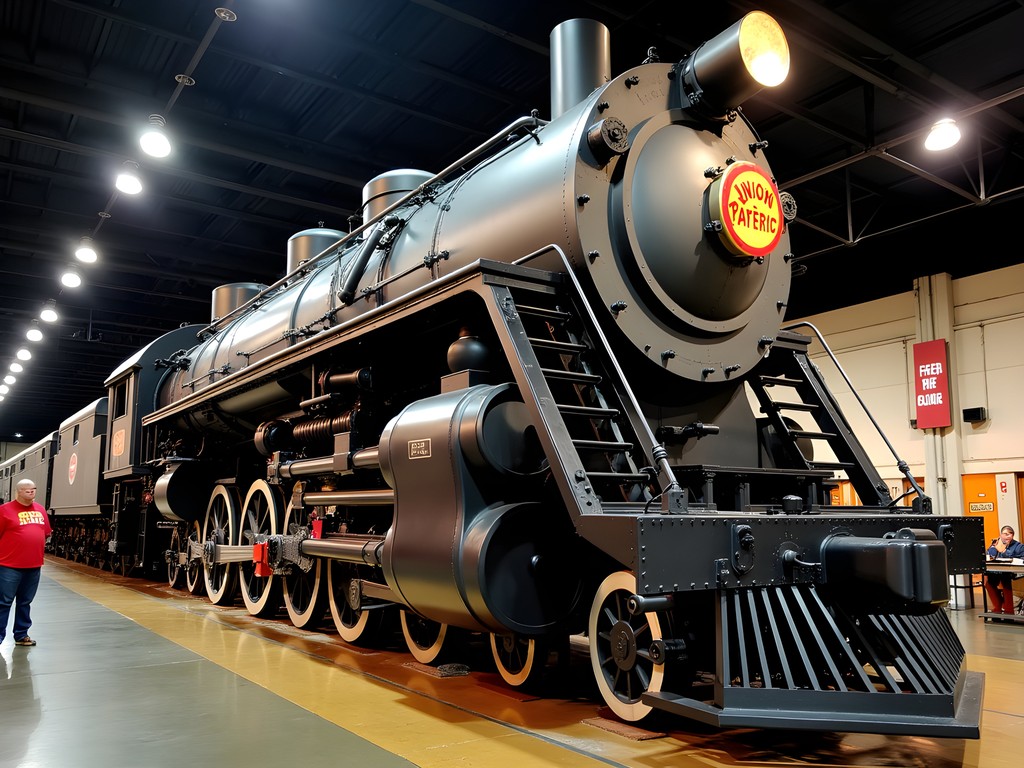
💡 Pro Tips
- Time your visit for one of the train ride days (typically weekends and select weekdays in summer)
- Allow at least 2-3 hours to fully appreciate the collection
- The museum hosts special themed events throughout the year—check their calendar before planning your visit
Neville Public Museum: Understanding Green Bay's Soul
Located along the Fox River in downtown Green Bay, the Neville Public Museum serves as the cultural heart of the region. What makes this museum special is its dedication to telling the complete story of Green Bay—from the indigenous peoples who first inhabited the area to the European settlement and industrial development.
The "On the Edge of the Inland Sea" exhibit particularly captivated me with its exploration of how Green Bay's position on Lake Michigan shaped its development. The museum houses an impressive collection of artifacts from the region's Native American tribes, including stunning beadwork and tools that demonstrate remarkable craftsmanship.
As someone who always seeks to understand a city's evolution, I appreciated how the museum chronicles Green Bay's transformation from a fur trading post to an industrial center. The exhibits on the paper industry—which still plays a major role in the local economy—were surprisingly fascinating.
After exploring the exhibits, I took a moment to sit on the museum's riverside terrace with my travel journal to jot down some observations. The museum's location offers excellent views of the Fox River, and I found myself sketching the cityscape while contemplating how waterways have shaped communities throughout history.
The best part? The museum is directly on a Green Bay Metro bus line and connects to the Fox River State Trail, making it perfectly accessible without a car.

💡 Pro Tips
- Don't miss the changing local art exhibitions on the second floor
- The museum store has unique locally-made items that make perfect souvenirs
- Check their website for special evening events that often include local food and music
Hazelwood Historic House Museum: Victorian Elegance Preserved
Tucked away in a quiet neighborhood just a short bike ride from downtown sits the Hazelwood Historic House Museum, a beautifully preserved Greek Revival home built in 1837. This elegant residence belonged to Morgan L. Martin, a prominent lawyer and politician who helped shape Wisconsin's early development.
What struck me most about Hazelwood wasn't just the architectural details (though the spiral staircase is genuinely impressive), but how the home provides an intimate glimpse into upper-class Victorian life in the Midwest. The Martin family lived here for three generations, and the house contains many of their original furnishings and personal items.
My visit coincided with one of their Victorian tea events, where I enjoyed period-appropriate refreshments in the garden while a local historian discussed the changing roles of women during the 19th century. These special events happen monthly during summer and early fall—definitely worth planning around if you can.
The gardens surrounding the house have been restored to reflect Victorian landscaping practices, complete with heirloom plant varieties. As an amateur stargazer, I couldn't help but imagine how the night sky would have appeared from this same garden in the 1800s, before light pollution dimmed our view of the cosmos.
Before leaving, I purchased a small book about Wisconsin's architectural history from the gift shop, which I later read at my hotel using my book light—a must-have for late-night reading without disturbing hotel roommates.
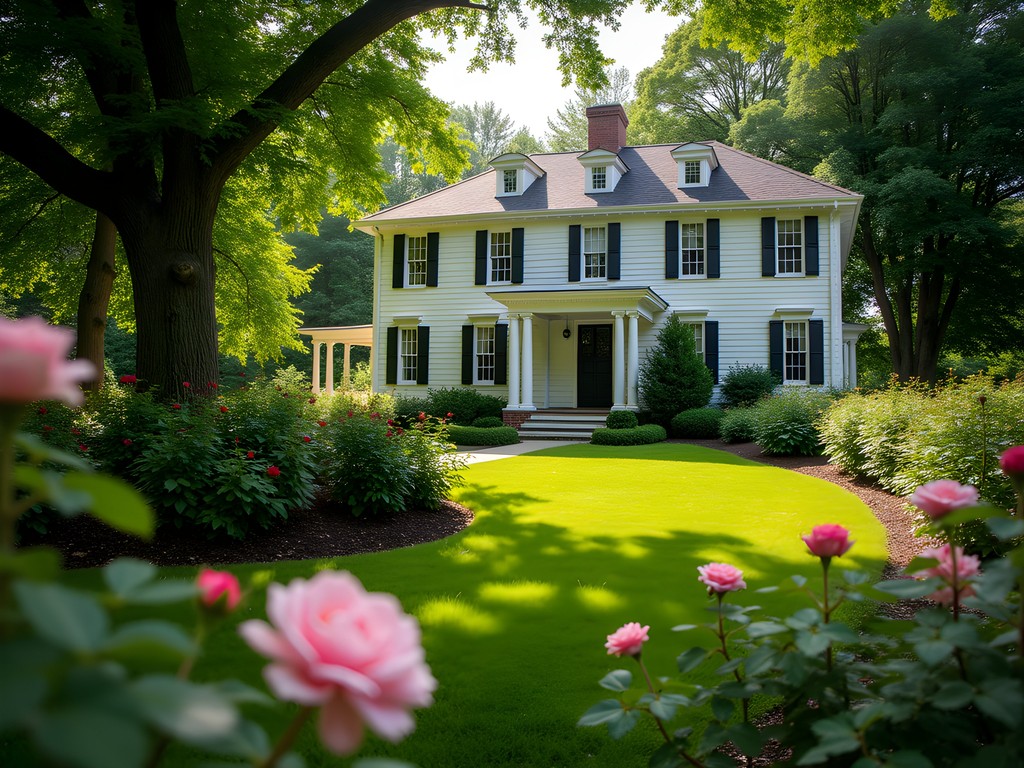
💡 Pro Tips
- Call ahead to confirm tour times as they sometimes change seasonally
- The Victorian tea events require advance reservations
- The garden is particularly beautiful in late June when the heritage roses bloom
Green Bay Packer Hall of Fame: The Historical Context
I know what you're thinking—didn't he promise to go beyond Lambeau? Bear with me, because the Packers Hall of Fame deserves inclusion not just as a sports shrine, but as a legitimate historical institution that illuminates Green Bay's unique place in American cultural history.
As someone who barely follows football, I was surprised by how much I enjoyed this museum. It's less about game statistics and more about how this small-market team became a national phenomenon and shaped the identity of an entire region. The Packers' community ownership model—unique in major American sports—reflects the cooperative spirit that has defined Wisconsin's social history.
The exhibits trace the team's evolution alongside American history, from the Great Depression through World War II and the civil rights era. I was particularly moved by the display on Vince Lombardi's stance against discrimination, insisting on equal treatment for his Black players in a still-segregated America.
To capture some of the memorabilia in the low-light museum conditions, I used my smartphone camera lens kit to get wide-angle shots of the trophy displays without flash—a handy travel photography hack I've used in museums worldwide.
Even as someone who came to Green Bay for its non-football history, I left with a deeper appreciation for how the Packers franchise is genuinely interwoven with the city's historical fabric in ways that transcend sport.
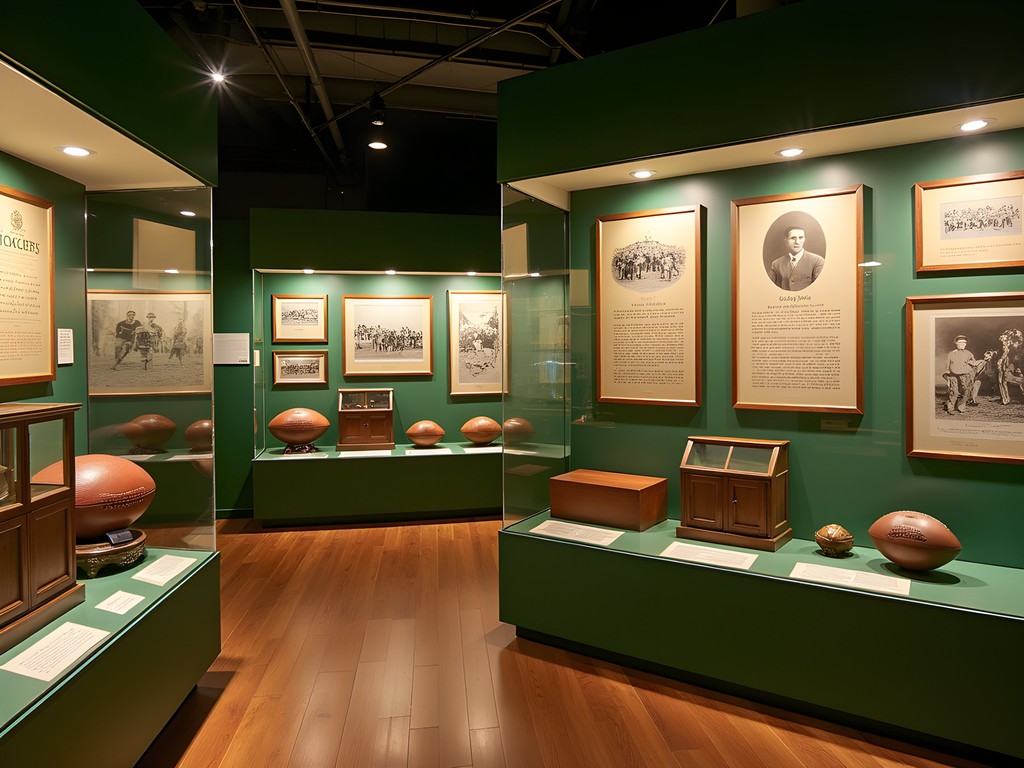
💡 Pro Tips
- Visit on weekday mornings for smaller crowds, especially during training camp season
- The stadium tour is worth adding on for the architectural and historical context
- Don't miss the exhibit on the Ice Bowl, which captures a pivotal moment in both sports and weather history
Five More Historical Gems Worth Your Time
While the sites above deserve in-depth exploration, here are five more historical locations that round out Green Bay's impressive historical offerings:
-
Oneida Nation Museum - Located just west of Green Bay, this excellent museum chronicles the history and culture of the Oneida people, who relocated to Wisconsin from New York in the 1820s. The displays of traditional beadwork and contemporary Oneida art are particularly impressive.
-
Tank Cottage - Built in 1776, this is the oldest standing house in Wisconsin. The simple French-Canadian style cottage offers a glimpse into early European settlement life and is open for tours on summer weekends.
-
Cofrin Memorial Arboretum - While primarily a nature preserve, the arboretum contains several historical farming structures and interpretive signs explaining the land use history of the region. I spent a peaceful evening here with my compact telescope as the arboretum's relatively dark skies allowed for some basic stargazing.
-
Bay Beach Amusement Park - Don't let the carnival atmosphere fool you—this municipal park dates back to 1892 and includes one of the nation's oldest operating wooden roller coasters. The park's development reflects changing American leisure patterns throughout the 20th century.
-
St. Willebrord Catholic Church - This beautiful church established in 1864 serves as a testament to Green Bay's Belgian and Dutch immigrant communities. The stunning stained glass windows depict both biblical scenes and moments from local history.
These smaller sites can easily be woven between visits to the major attractions, creating a comprehensive historical tour of the city. Most are accessible via Green Bay Metro buses or are within reasonable biking distance from downtown.
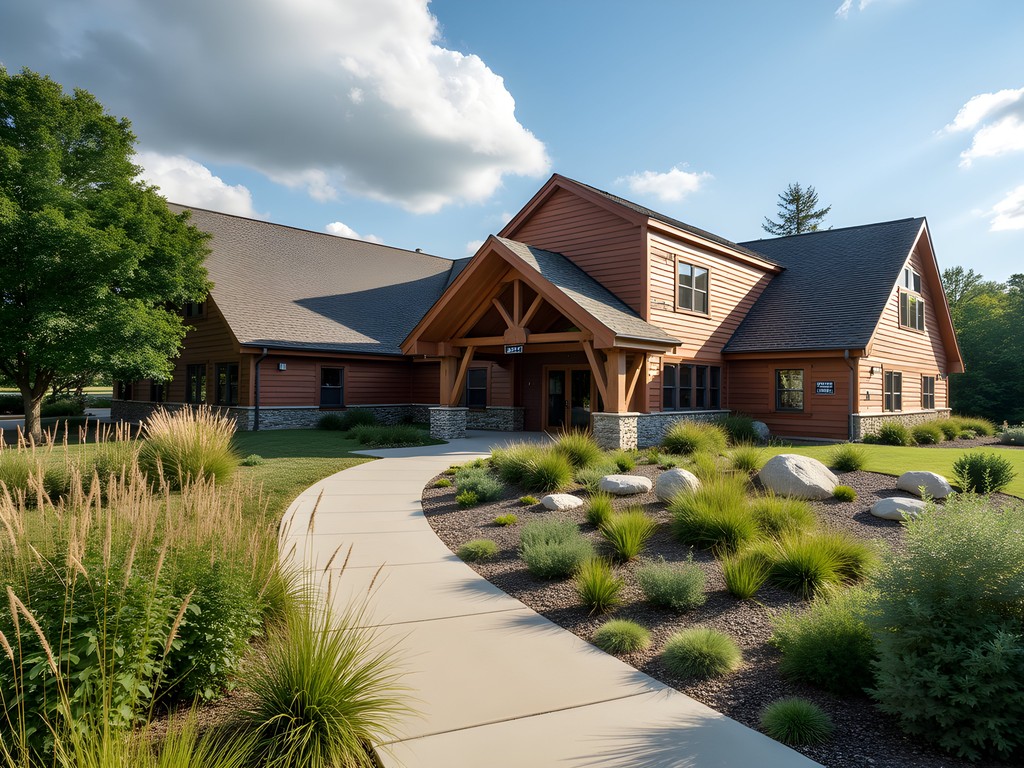
💡 Pro Tips
- The Oneida Nation Museum offers cultural demonstrations on weekends—call ahead for schedule
- Tank Cottage tours are limited to small groups, so arrive early
- Bay Beach Amusement Park is busiest on weekend afternoons—go in the morning for shorter lines
Final Thoughts
As my weekend in Green Bay drew to a close, I found myself sitting on a bench along the Fox River Trail, watching the sunset paint the water with golden hues. My travel daypack was stuffed with museum brochures and local history books I'd picked up along the way. I couldn't help but reflect on how this city had surprised me with its rich historical tapestry.
Green Bay may never fully escape its football identity—nor should it try to—but beneath that cheesehead exterior beats the heart of a place that has witnessed centuries of American history unfold along its riverbanks. From indigenous settlements to fur trading posts, from industrial boom to sports phenomenon, the layers of history here reward those willing to look beyond the obvious.
What struck me most was how accessible this history is—both physically (I never once missed having a car) and intellectually, with engaging museums and knowledgeable local guides eager to share their city's story. As I packed my folding bike for the return trip, I realized Green Bay had earned a spot on my list of underrated historical destinations in America. Whether you're a history buff, architecture enthusiast, or just looking for depth beyond the typical tourist experience, Green Bay's historical sites offer a fascinating weekend of discovery—no football required.
✨ Key Takeaways
- Green Bay's historical sites tell a comprehensive story of American development from indigenous cultures through industrialization
- Most historical attractions are accessible via public transit or bicycle, making car-free exploration practical
- Summer offers the best experience as all sites are open and many feature special demonstrations or events
- Plan at least one full weekend to properly explore the historical offerings beyond the expected football attractions
📋 Practical Information
Best Time to Visit
Late May through September
Budget Estimate
$400-600 for a weekend (including accommodation, museum entries, and meals)
Recommended Duration
2-3 days
Difficulty Level
Easy

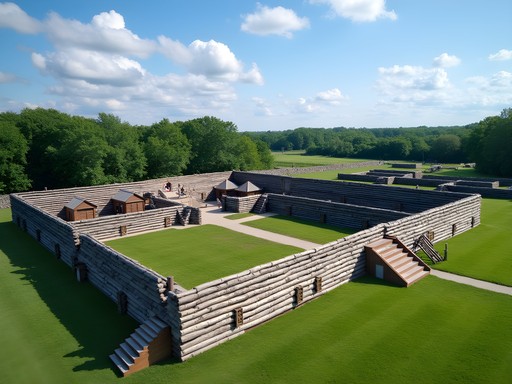
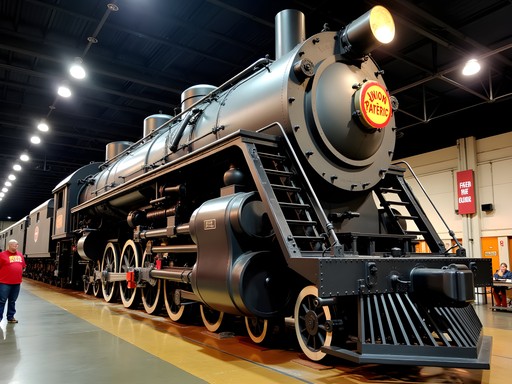
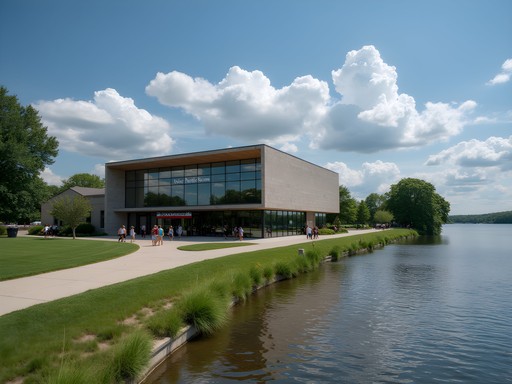
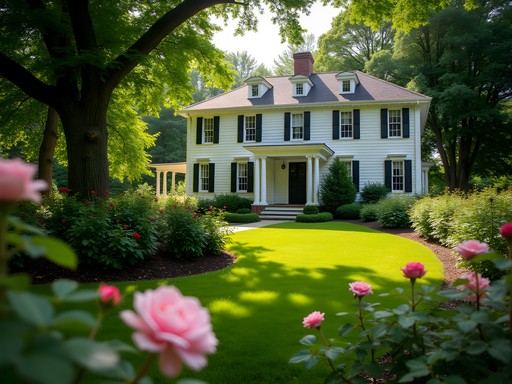
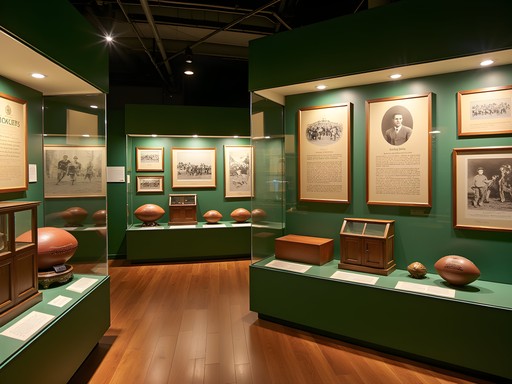



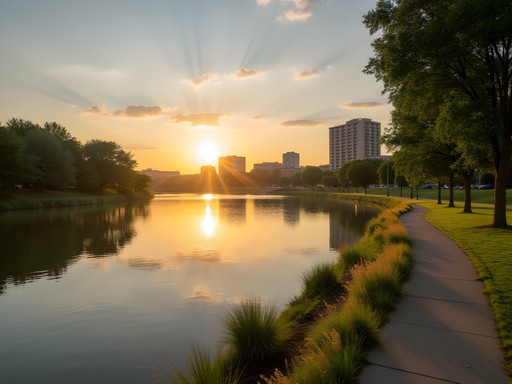

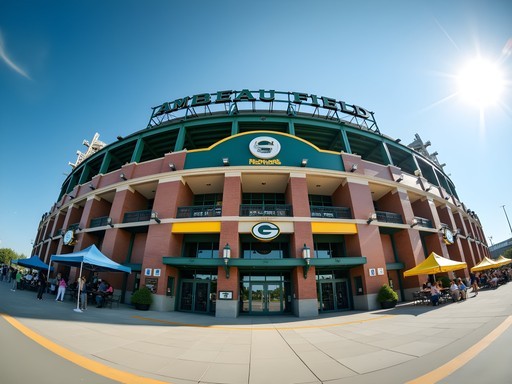





Comments
redmood3053
I grew up in Green Bay and this made me so nostalgic! We always took field trips to Heritage Hill as kids. The bread they bake in the old-fashioned ovens smells AMAZING. And the Neville Museum's mammoth exhibit blew my mind as a kid. So glad you're showing there's way more to my hometown than just football!
sunsetguy3935
Is that bread-making demonstration still happening? Might be worth planning around.
redmood3053
Yes! They do it most weekends in summer and fall. Check their calendar online - totally worth timing your visit for it!
backpackpro
Just got back from Green Bay last week and used this post as my guide - spot on recommendations! The Hazelwood Historic House was even better than described. We lucked out and visited during their special Victorian tea event. My wife loved the period costumes and the guide knew EVERYTHING about Victorian customs. One tip: bring a good camera for Heritage Hill - the lighting through those old buildings makes for amazing photos. I used my travel tripod for some sunset shots by the historic buildings and they turned out incredible.
Gregory Boyd
Fascinating perspective on Green Bay's historical offerings. Having visited last year while researching for my Midwest heritage sites series, I found the Neville Public Museum's collection particularly well-curated. The exhibit on indigenous populations and early European settlement created an insightful narrative about the region's development. One element missing from your otherwise comprehensive overview might be the Belgian Heritage Center in nearby Brussels - technically outside Green Bay proper but offers essential context to the area's unique cultural mosaic. The docent-led tours there provide exceptional value for those interested in immigration patterns of the upper Midwest.
Tyler Moore
Thanks for the thoughtful addition, Gregory! You're absolutely right about the Belgian Heritage Center - I actually visited but had to cut it from the final piece due to length constraints. Definitely worth the short drive for anyone interested in the area's cultural history.
coolvibes
Anyone been to the Automobile Gallery? Wondering if it's worth adding to the itinerary when we visit next month. Husband's a car buff and I'm more into the historical stuff, so trying to balance our interests!
Douglas Bradley
The Automobile Gallery is surprisingly worthwhile even for non-car enthusiasts. The building itself is a beautifully restored Cadillac dealership from 1958, and they frame the collection as art rather than just vehicles. The historical context they provide for each era represented makes it enjoyable for everyone. My wife isn't into cars either but found it fascinating.
coolvibes
That sounds perfect! Adding it to our list. Thanks Douglas!
smartlife2484
Great post! Is the Fox River Trail good for biking? Planning a weekend trip and wondering if we should bring our bikes.
bluezone
How much time would you recommend for the Railroad Museum? Thinking of taking my train-obsessed 8-year-old there this fall.
Nicole Russell
I'd set aside at least 2-3 hours! The locomotives are massive and they have this awesome simulator where kids can pretend to drive a train. Your 8-year-old will be in heaven!
bluezone
Thanks Nicole! That's perfect. He's going to flip when he sees those engines up close.
starbackpacker
Omg finally someone talking about Green Bay beyond just football! I visited Heritage Hill last summer and it was such a hidden gem. The costumed interpreters really made history come alive. Definitely underrated!
bluezone
Did you get to see the blacksmith demonstration? I heard that's really cool.
starbackpacker
Yes! The blacksmith was amazing - my kids were mesmerized watching him work with the hot metal. They have different demonstrations depending on when you visit.
photovibes
That shot of Heritage Hill in the header is stunning! The lighting is perfect. Was that taken in the morning or late afternoon?
Tyler Moore
Thanks! That was about an hour before closing time in late afternoon - around 4pm in August. The golden hour there is magical!
photovibes
Perfect timing then! I always try to hit historical sites during golden hour. Makes all those old buildings look even more characterful.
Sage Dixon
Tyler, this brought back memories of an unexpected detour I took to Green Bay three winters ago. I was headed to Door County for a winter photography project when a snowstorm stranded me in Green Bay for three days. Those 'stuck' days turned into one of my favorite Midwest experiences! I'd add that winter is actually a magical time to visit Heritage Hill - they do this incredible 'A Wisconsin Christmas' event in December with historical holiday traditions. I documented the whole experience using my travel journal which I never leave home without. The Hazelwood House was particularly stunning with period-appropriate Victorian Christmas decorations. Great to see Green Bay getting the historical recognition it deserves beyond the frozen tundra of Lambeau!
Kimberly Murphy
Brilliant post, Tyler! I visited Green Bay last autumn while doing a broader Midwest tour and was pleasantly surprised by how much history there is beyond the football culture. The Neville Public Museum's exhibit on indigenous history was particularly moving. I'd also recommend the Walk of Legends if you're there - it's a nice outdoor activity that combines Packers history with a pleasant stroll. We used the Green Bay Explorer Guide which had some excellent walking tours mapped out. That sunset spot on the Fox River is indeed magical - got some of my best photos there!
Tyler Moore
Thanks Kimberly! Great addition about the Walk of Legends - I completely agree it's a nice blend of the sports culture and outdoor activity. Your Midwest tour sounds fantastic!
Venture X
Premium card with 2X miles, $300 travel credit, Priority Pass